63 Building
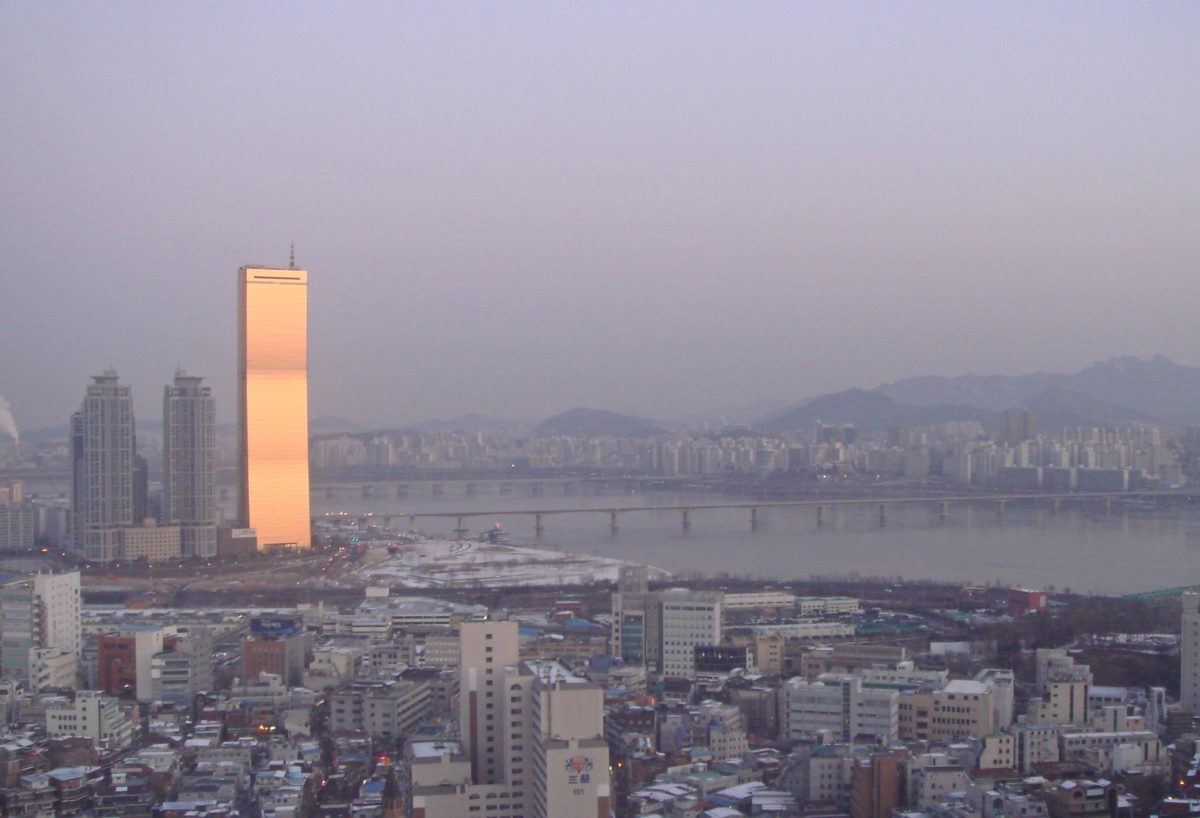
World’s tallest gold-clad building, 249 m tall. Skyscraper was built in 1985. At sunrise its reflection is blinding.
Poseokjeong
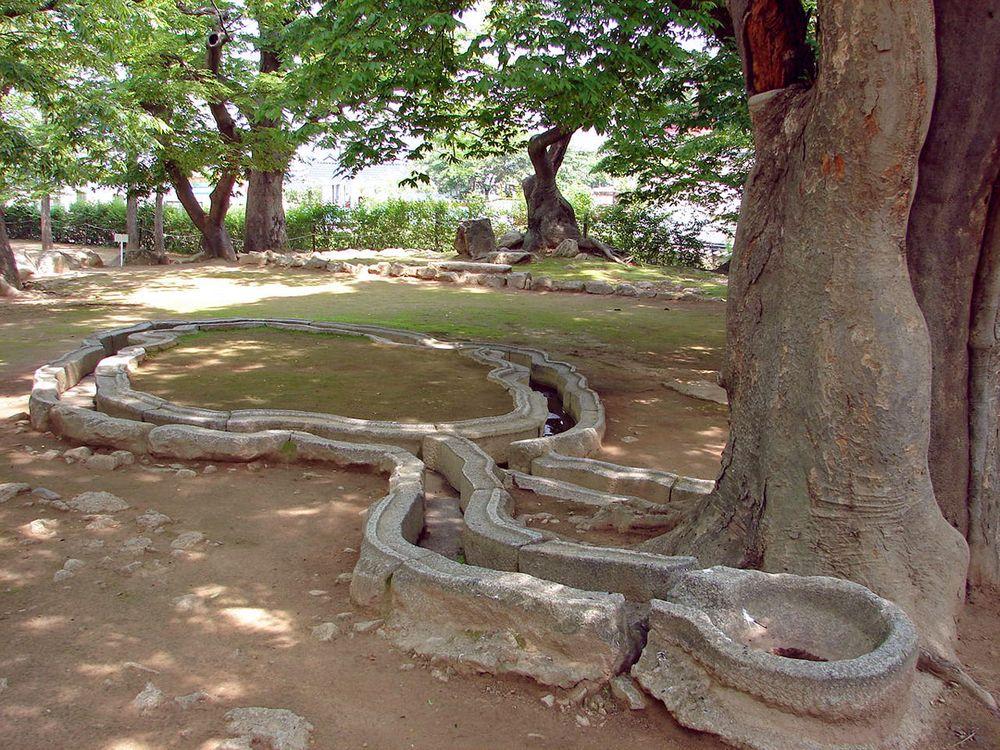
Site of once beautiful royal pavilion of Silla Kingdom. The most interesting feature today here is a system of small water channels. Here in earlier times, cups with alcohol were floated – when this cup reached a person standing at the channels, this person had to drink and recite a poem.
Bell of King Seongdeok
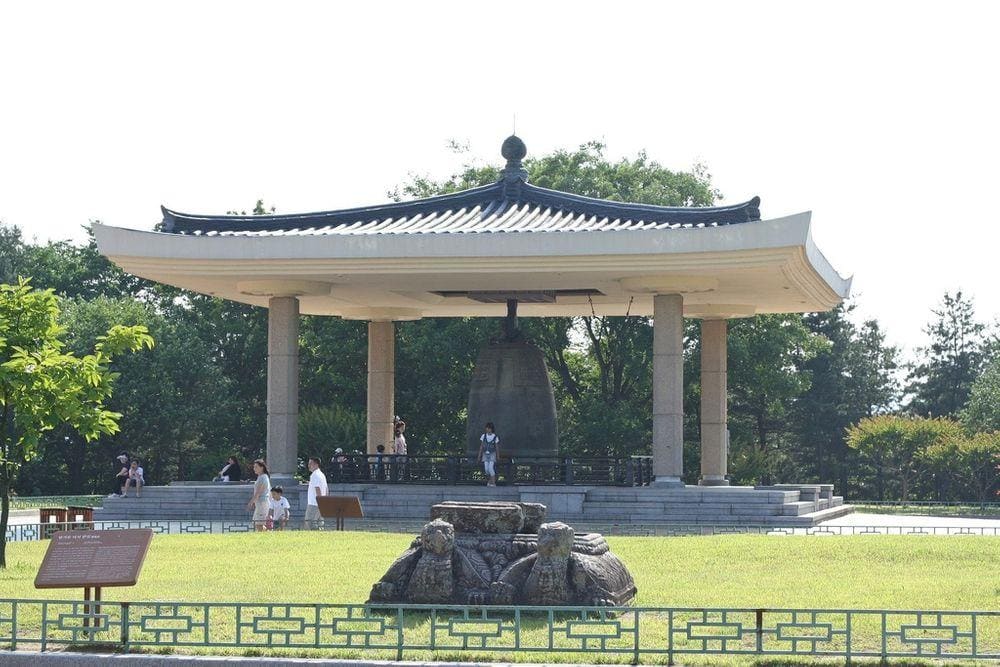
Largest extant bell in Korea. It was cast from bronze in 771 AD. Bell is 3.33 m tall and 18.9 tons heavy. Now it is located in the National Museum of Gyeongju.
Sosu Seowon
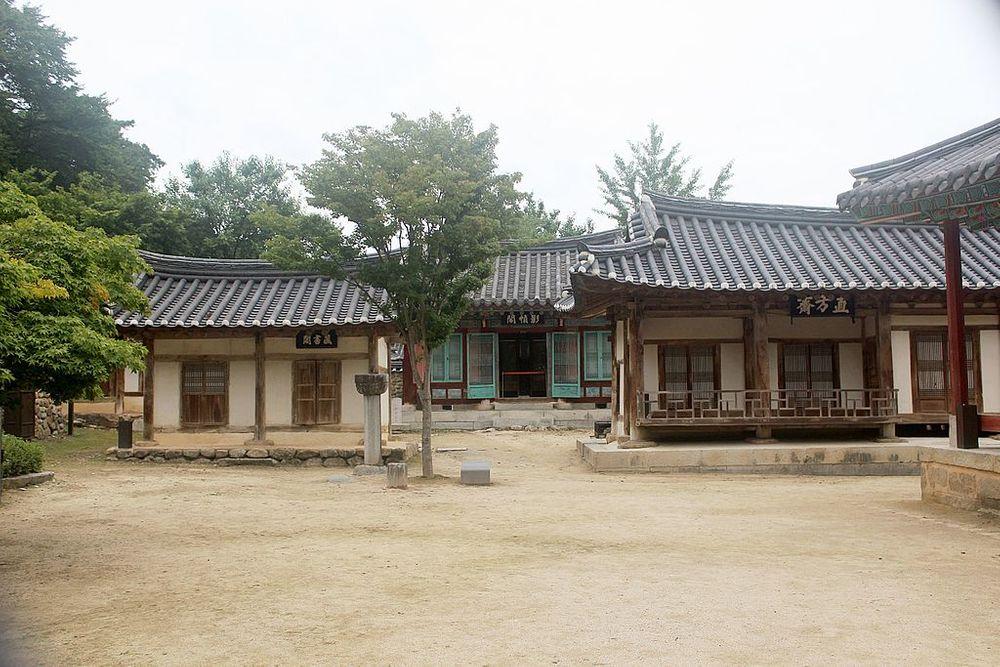
The oldest Neo-Confucian academy in Korea, founded in 1543. Most of the old buildings of this academy and many traditions have been preserved up to this day.
Namgye Seowon
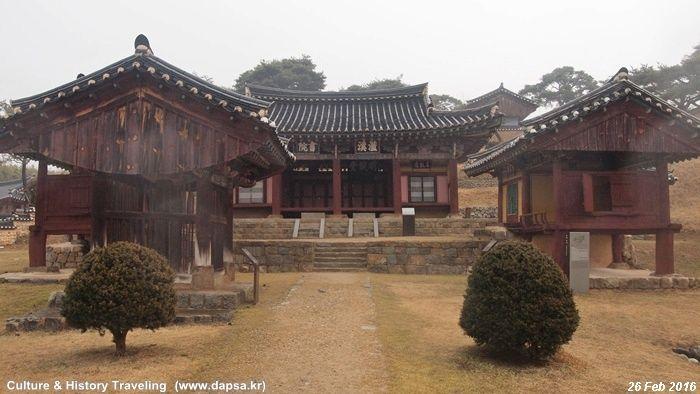
The second oldest Neo-Confucian private academy in Korea, founded in 1552. The architecture of its structures is an early attempt to plan an efficient higher education institution.
Seonamsa
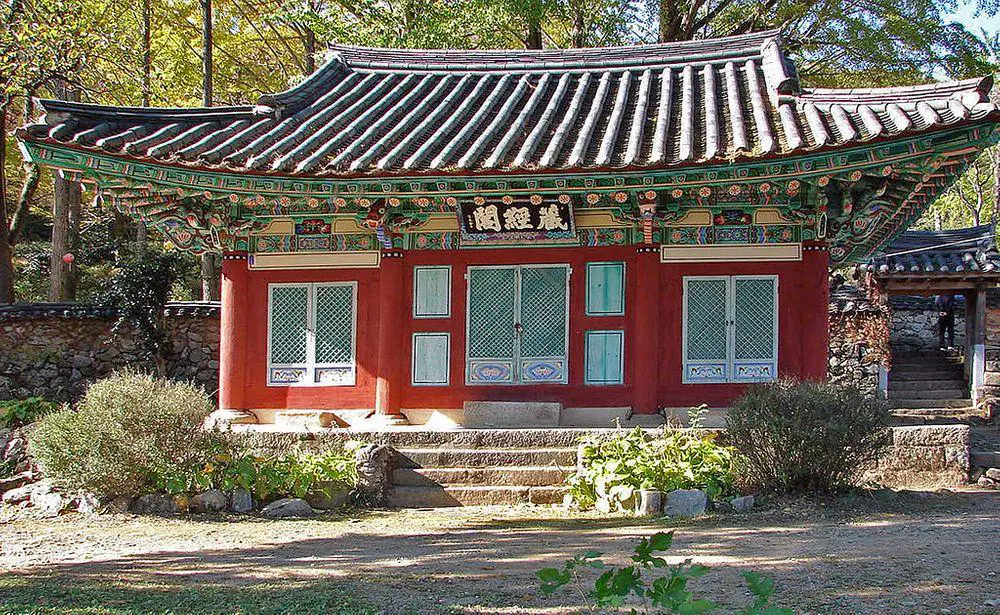
Beautiful mountain temple with some 20 historical buildings. According to local legends, the temple was founded in 529 AD. Temple contains many outstanding treasures, current buildings were built mostly in the 17th century. On temple grounds is an old tea plantation with 300 – 400 years old tea plants.
Seokguram cave temple
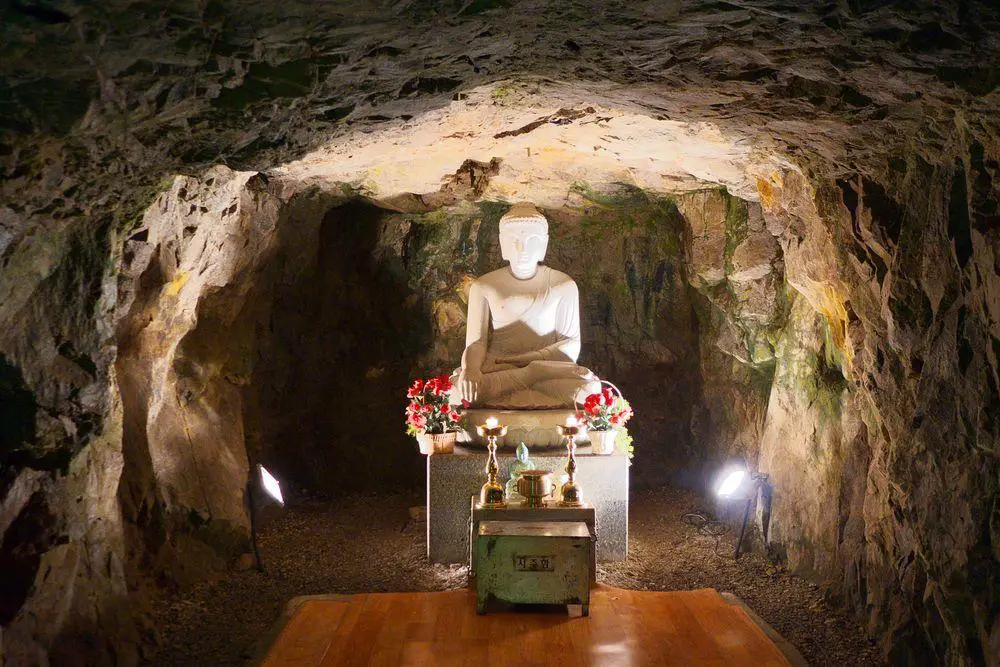
This rock-cut temple is located near Bulguksa and contains some of the best Buddhist sculptures in the world. Temple was made in 742 – 774. Especially impressive is the 3.5 m tall statue of Buddha.
Mireuksa pagoda
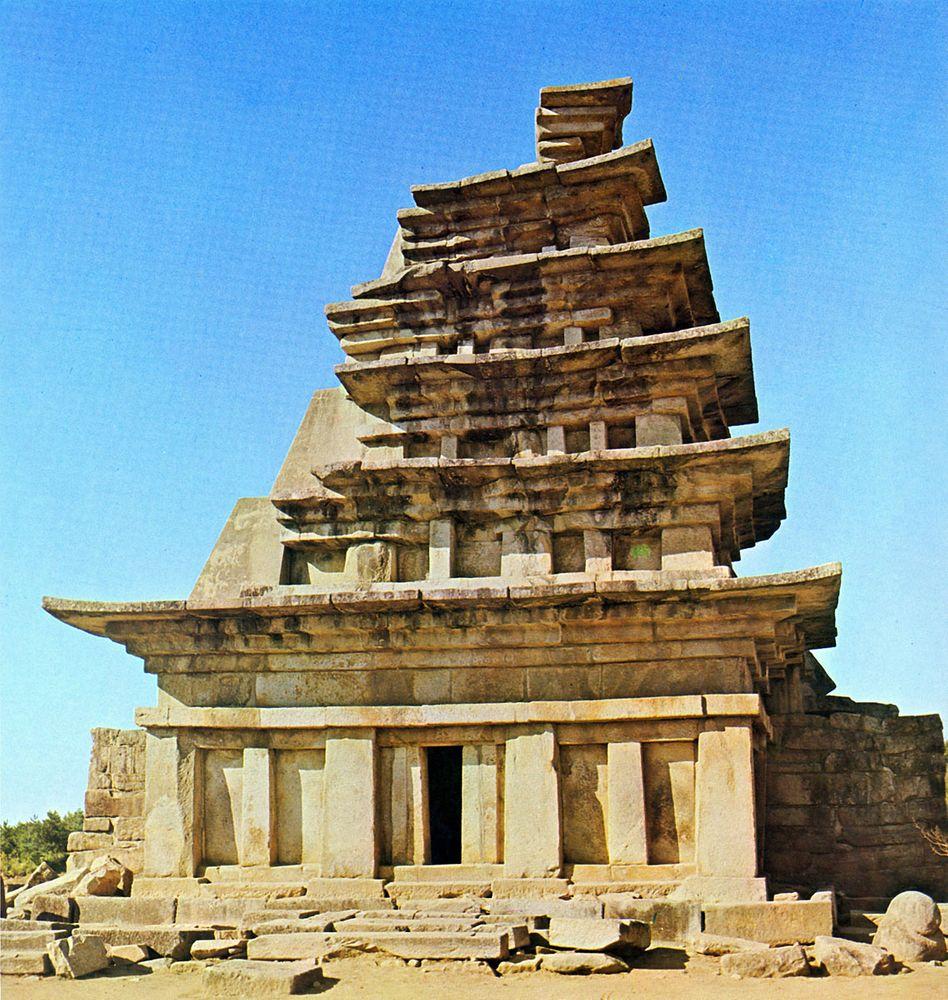
One of the oldest pagodas in Korea, located in a temple that was founded in the times of Baekje Kingdom in 602 AD. This 30 m tall pagoda is the only structure remaining from once enormous temple complex.
Hwaeomsa
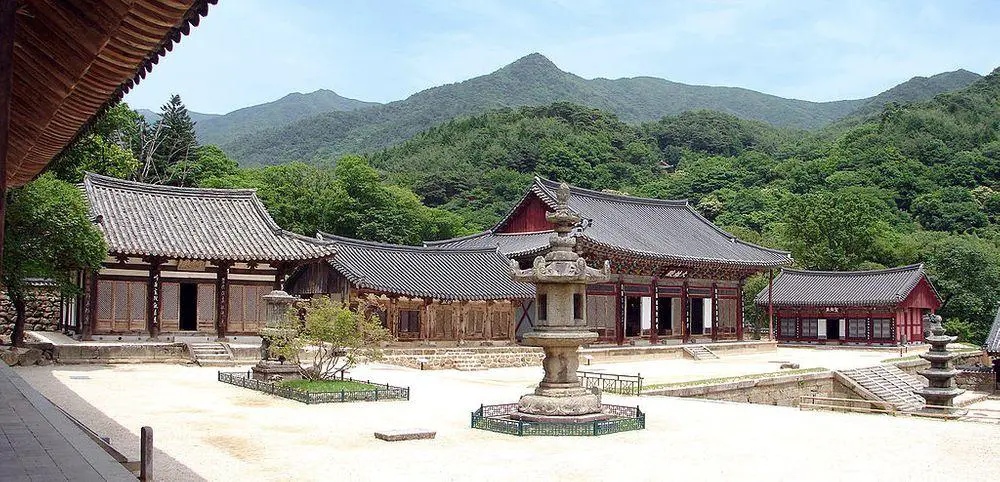
An ancient temple, founded in 544 AD and rebuilt in the early 17th century. Temple contains important treasures of art and history. An important structure is the ornate Gakhwangjeon Hall that was constructed in 1699 – 1702.
Jongmyo
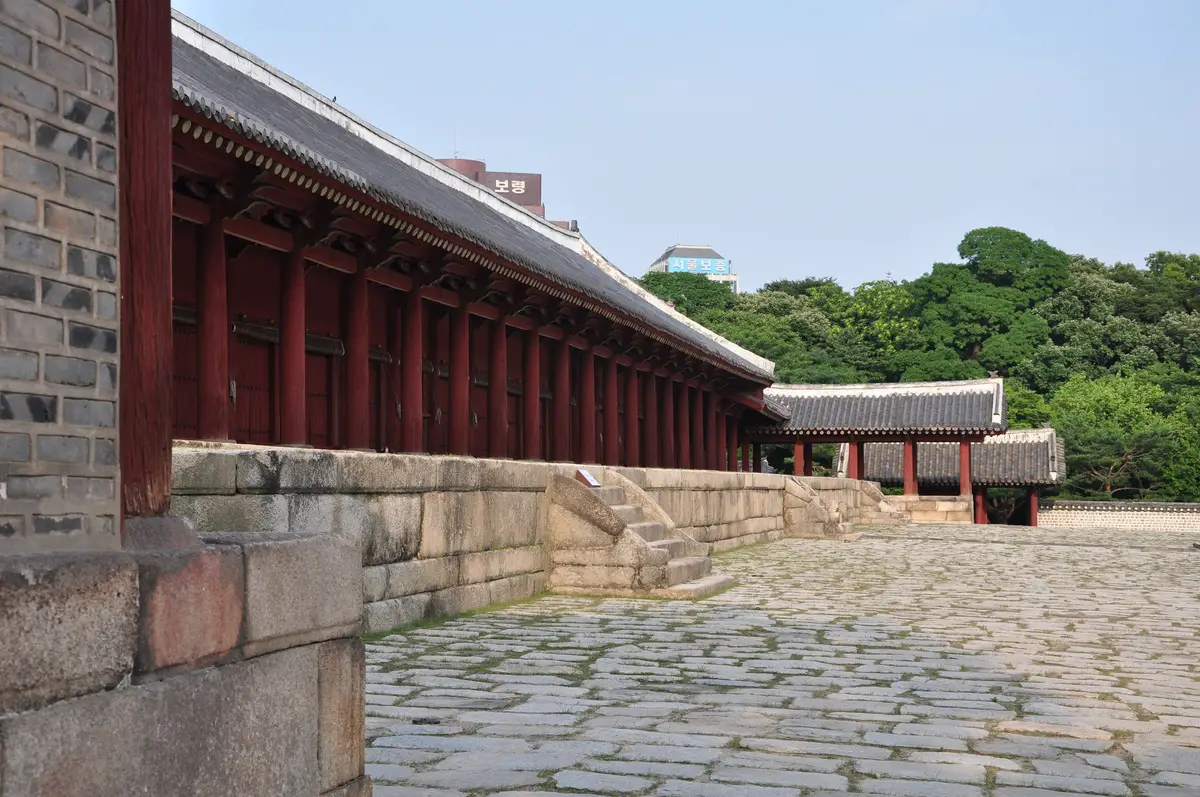
The oldest royal Confucian shrine with ancient traditions preserved since the 14th century. The main structure was built in 1394 (rebuilt after a fire in 1608) when Seoul became the capital. The main building is 95 m long.
